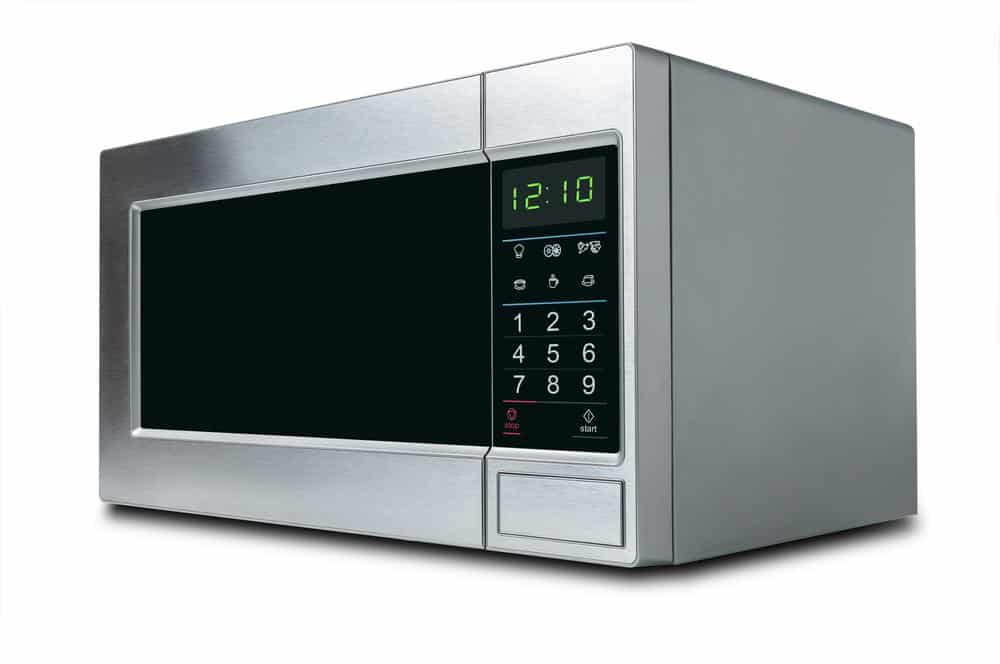
Removing an over-the-range microwave might seem like a daunting task, but with the right tools and guidance, it can be a straightforward process. In this comprehensive guide, we’ll take you through the step-by-step process of removing a General Electric (GE) over-the-range microwave.
To remove a GE over-the-range microwave, first unplug the microwave and clear the surrounding area. Open the cabinet above the microwave and unscrew the mounting screws. Tilt the microwave forward and lift it off the mounting bracket. Finally, remove the mounting bracket from the wall. Be sure to dispose of the old microwave properly, as it is considered electronic waste. If you’re not comfortable with this process, consider hiring a professional.
Safety Measures
Before starting, it’s important to take some initial safety measures:
- Unplug the Microwave: The power cord is usually fed through a cabinet hole. Disconnect it from the wall to ensure there is no power supply during the removal process.
- Clear the Area: Remove any loose items from the microwave and the surrounding area. If possible, move the range out of the way to prevent any damage and provide easier access to the microwave.
- Gather Necessary Tools: You’ll need a screwdriver or a drill to remove the screws holding the microwave in place.
- Get Help: Microwaves can be heavy and cumbersome, so having an extra set of hands can be quite helpful.
- Check for Venting: If your microwave is vented outside, you’ll need to unhook any ductwork or enclosures before proceeding with the removal.
Removing the Microwave
Once you’ve taken these safety measures, you can proceed with the removal process:
Unplugging the Microwave
Locate the power cord of the microwave, usually at the back of the appliance, near the bottom. Unplug the power cord from the outlet. For added safety, also turn off the circuit breaker that controls the microwave’s electrical supply.
Detaching the Microwave from the Upper Cabinet and Wall Mount
- Identify the Mounting Screws: Open the cabinet above the microwave and locate the 2-3 screws connecting it to the top of the microwave.
- Unscrew the Mounting Screws: Use an electric screwdriver to unscrew the mounting screws. Keep one hand underneath the microwave to support it and prevent it from falling.
- Tilt and Lift the Microwave: Tilt the microwave forward to disengage it from the mounting bracket. Lift it slightly to pop the tabs from the mounting bracket out from the bottom of the microwave. As you’re lifting the microwave, slowly take steps backward until the microwave is out of the opening.
- Remove the Mounting Bracket: Use an electric screwdriver to remove the screws holding the mounting bracket to the wall.
Disposing of the Old Microwave
Remember, microwaves are classified as electronic waste (e-waste) and should not be simply thrown away with regular trash due to potential environmental hazards. Instead, consider these options:
- E-Waste Recyclers
- Local Recycling Services
- Manufacturer Take-Back Programs
- Retail Drop-Offs
- Appliance Repair Shops
- Donation
Preparing the Space for a New Appliance
After removing the old microwave, you’ll need to restore or prepare the wall or cabinet space for a new appliance. Assess the area for any damage, repair if necessary, clean the area, and follow the manufacturer’s instructions to install the new appliance.
Remember, safety should be your first priority. If you’re not confident in your ability to safely remove the microwave, it’s best to seek professional help. With the right tools and guidance, removing a GE over-the-range microwave can be a straightforward process.
Frequently Asked Questions
What type of screwdriver do I need to remove the screws?
The type of screwdriver required may vary depending on the model of your GE microwave. However, most models use either a Phillips or flathead screwdriver.
How heavy is a typical over-the-range microwave?
Over-the-range microwaves can typically weigh between 50 to 75 pounds. It’s recommended to have a second person help you lift and remove it to prevent any injuries.
What should I do if my microwave is hardwired and not plugged into an outlet?
If your microwave is hardwired, it’s strongly recommended to hire a professional electrician to disconnect it. Working with electrical wiring can be dangerous if you’re not trained.
Can I replace the removed microwave with a range hood?
Yes, you can replace your over-the-range microwave with a range hood. Just ensure that the range hood fits in the available space and that it’s installed according to the manufacturer’s instructions.
What should I do if my microwave is vented to the outside?
If your microwave is vented to the outside, you’ll need to disconnect the venting system before removing the microwave. This may involve removing duct tape, unscrewing clamps, or detaching tubes. Always refer to the microwave’s manual or consult with a professional if you’re unsure.












